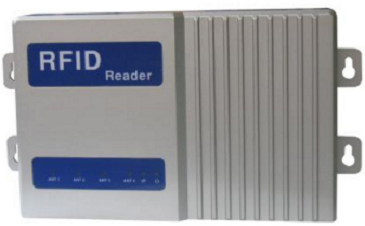RFID reader is an indispensable part of the application system. The correct selection of the RFID reader will be related to whether the customer project can be successfully implemented and the cost of implementation. It is best to pass a rigorous process to ensure the project success.
RFID readers can be divided into 125K, 13.56M, 900M, 2.4G and other frequency band readers according to the frequency.
125K: It is generally called LF. It is easy to use and low in price. It can be mainly used for livestock entry and exit management.
13.56M: Generally called HF, it has strong confidentiality and fast reading speed. The close-range 13.56mhz RFID has good confidentiality and long-distance 13.56mhz reading is stable and fast. Mainly used in home and school communication, personnel attendance management, entrance and exit management, book and file anti-theft management, and government conference sign-in.
900M: Generally called UHF, with long communication distance and good anti-collision performance, it is generally used as parking lot and logistics.
2.4G: Microwave section RFID card reader, strong penetration.
5.8G: Microwave section RFID card reader, used in highway ETC electronic toll collection system.
Advantage
First, you need to pay attention to the frequency range of the reader device to see if it meets the frequency specifications of the project site;
Second, understand whether the maximum transmission power of the reader and the matching antenna selection exceed the radiation standard;
Third, look at the number of antenna ports that the reader has, depending on whether the application requires a multi-interface reader;
Fourth, whether the communication interface meets the needs of the project;
Fifth, the reading distance and anti-collision indicators are read. The reading distance indicators should be clear about what antennas and tags are tested; anti-collision should be clear about what tags are in which arrangement and how long they have been read;
Sixth, an RFID application system is not only related to readers, but also related to tags, antennas, materials of labeled items, movement speed of labeled items, surrounding environment, etc. It is best to simulate the scene before determining the equipment. Testing and verification to ensure that the product truly meets the application requirements;
Seventh, continuously test the stability of the equipment under simulated conditions to ensure stable operation for a long time;
Eighth, to see whether the development materials meet the system development requirements, it is best to support the system you are using, and it is best to have related routines. If it is not supported, the development time will be very long, or even the development will not continue.


发表评论
Want to join the discussion?Feel free to contribute!